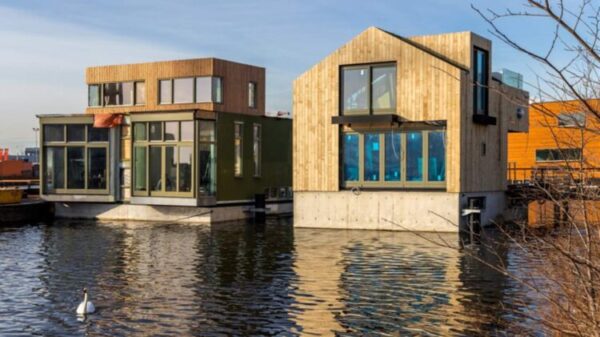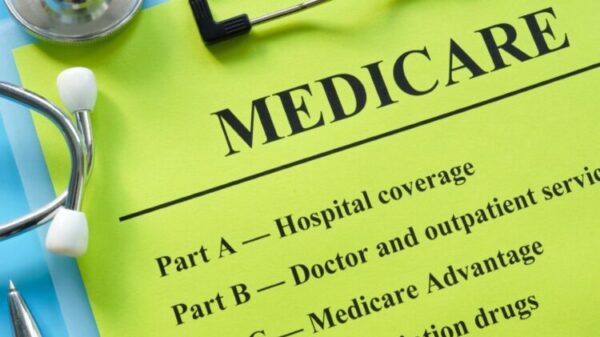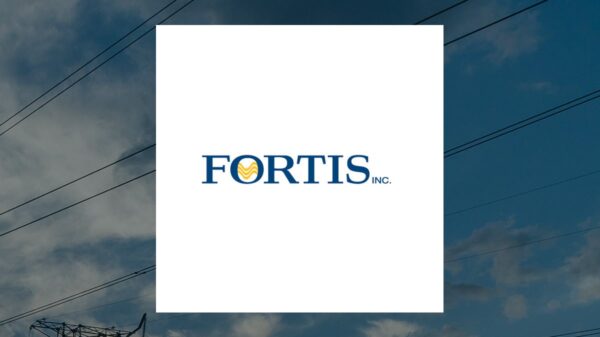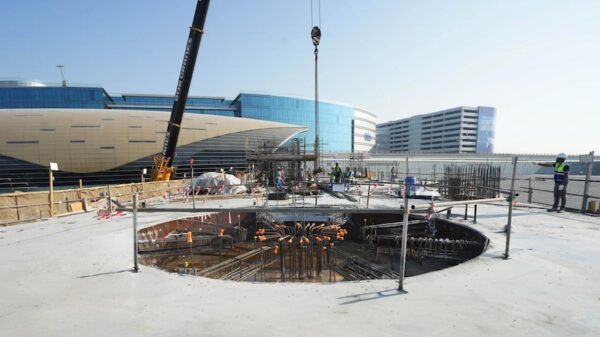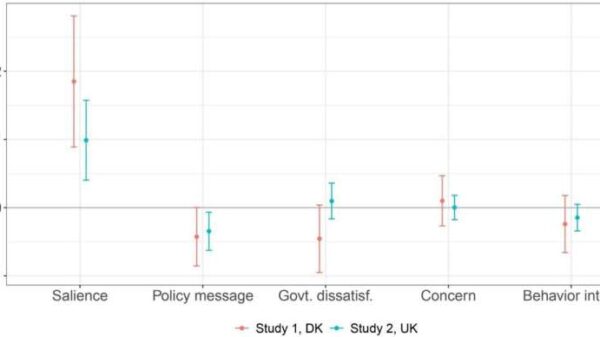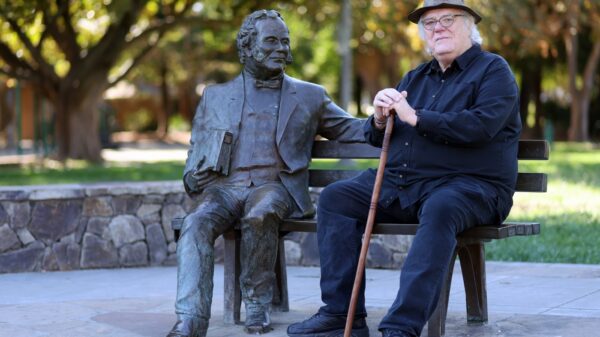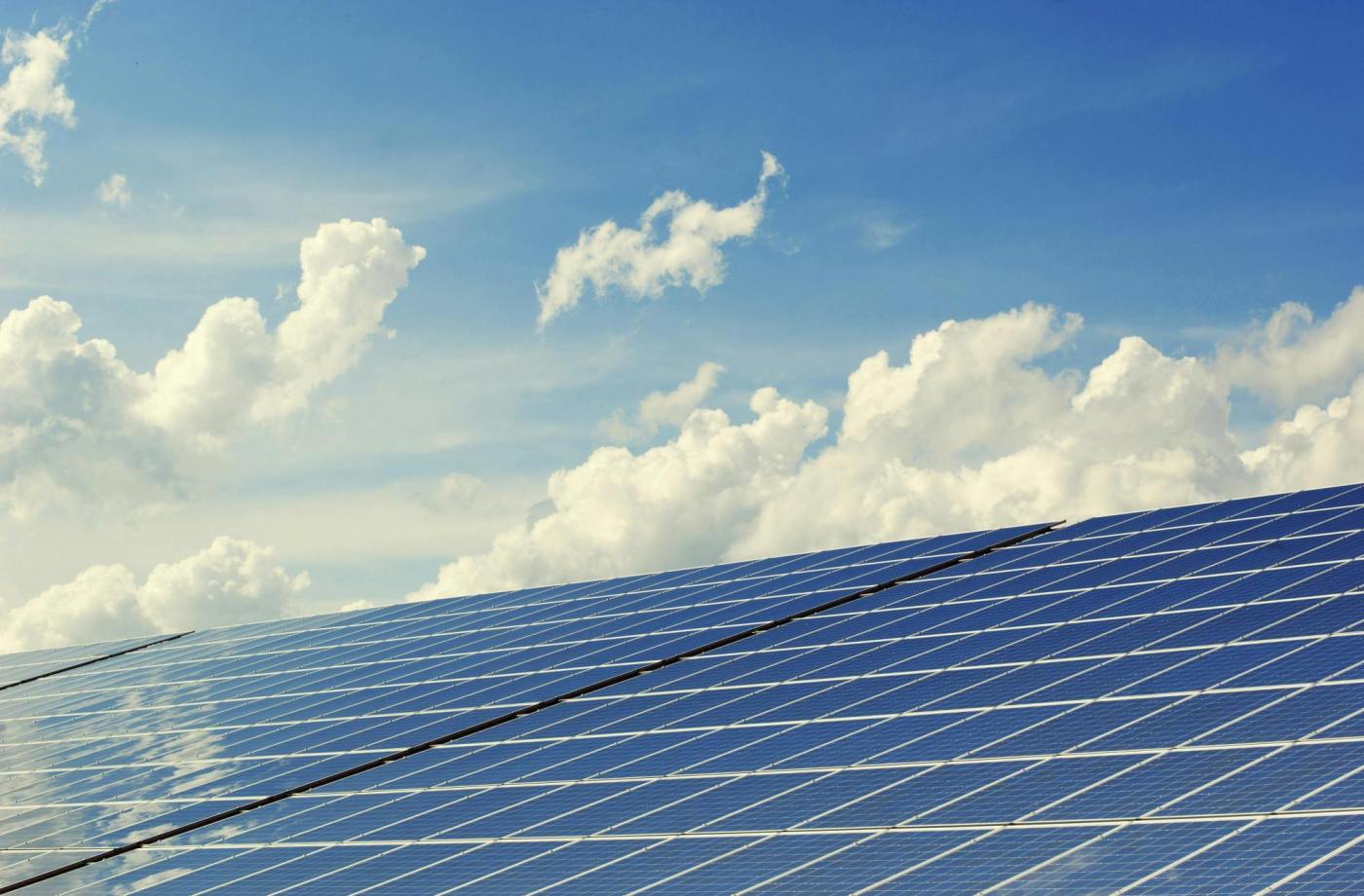Nearly four dozen municipalities in southeastern Pennsylvania have pledged to transition to renewable energy for their facilities and vehicles. This commitment highlights a growing movement towards sustainability, with local leaders urging various organizations to leverage federal tax incentives for solar energy installations.
As of now, five municipalities in Montgomery, Bucks, and Chester counties have installed solar panels, significantly lowering their energy expenses. For instance, West Rockhill Township has offset approximately $16,000 in annual taxpayer costs associated with the 84 megawatts powering municipal operations, including government buildings and parks. The township has also reported a reduction of 644,814 pounds in carbon emissions, according to a presentation made in 2025.
Bill Sabey, a volunteer with Community Advocates for Clean Energy and Ready for 100 – Montgomery County, emphasizes the importance of switching to solar power. He encourages municipalities, nonprofits, and schools to take advantage of a 30 percent federal tax credit available for installations that begin by July 4, 2026, or are completed by the end of 2027. Sabey stated, “By installing solar power systems and transitioning to clean energy, municipalities can significantly reduce carbon emissions, enhance public health by mitigating air pollution, and save substantial amounts of money over time.”
Community Advocates works with municipalities to set ambitious goals, aiming for a transition to 100 percent clean renewable electricity by 2035. To date, 45 municipalities have adopted similar resolutions, targeting clean energy for heating and transportation by 2050.
In light of the approaching expiration of solar installation incentives, Sabey hopes to see more communities join this initiative. The financial benefits of solar power are becoming increasingly evident.
Lansdale Borough Mayor Garry Herbert noted in 2023 that the borough anticipates saving approximately $330,200 over 30 months, equating to about $11,000 monthly due to solar energy adoption. He stated, “Solar power allows Lansdale Borough to produce its own sustainable energy, reducing reliance on external sources. This independence is crucial as it helps shield the community from the volatile natural gas market.”
In Doylestown Borough, the completion of a solar installation on the administration building and police station has resulted in a one-time federal credit of $114,318, along with PECO rebates and other incentives. Borough Manager John Davis indicated that solar energy would save the borough more than one-third of its energy costs.
Horsham Township has also announced a solar project that will equip key facilities, including the municipal building and police station, with solar panels. According to Horsham’s 2023 State of Horsham report, “Solar energy is a clean and renewable resource that will lower the township’s energy costs and help mitigate the environmental impacts associated with traditional energy sources.”
The financial advantages extend to West Goshen Township, where Chairman Shaun Walsh shared that a solar array installation on the public works building is expected to generate 312,000 kWh of electricity within its first year. This output surpasses the annual energy consumption of the building, allowing the township to receive compensation for exporting surplus power to the grid. The installation, costing $537,000, is projected to yield total savings of $1,375,000 over its 30-year lifespan, with a simple payback period of just 10 years.
For those interested in solar power installation funding, grants, and federal tax credits, additional information can be found at Community Advocates for Clean Energy of Greater Philadelphia. This growing commitment to renewable energy not only signifies an important step towards sustainability but also highlights the tangible economic benefits for municipalities and their communities.










